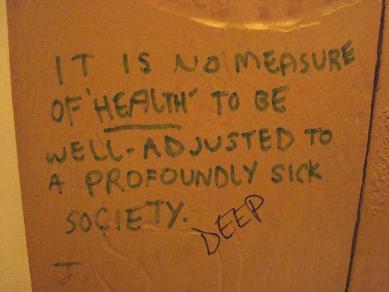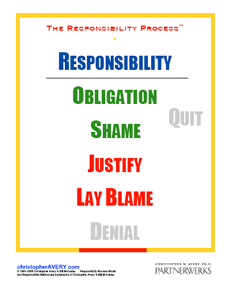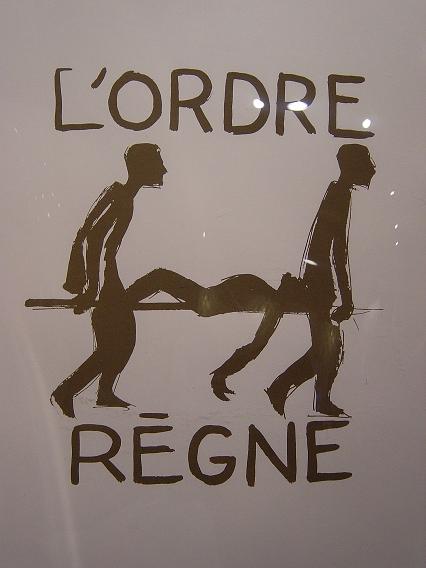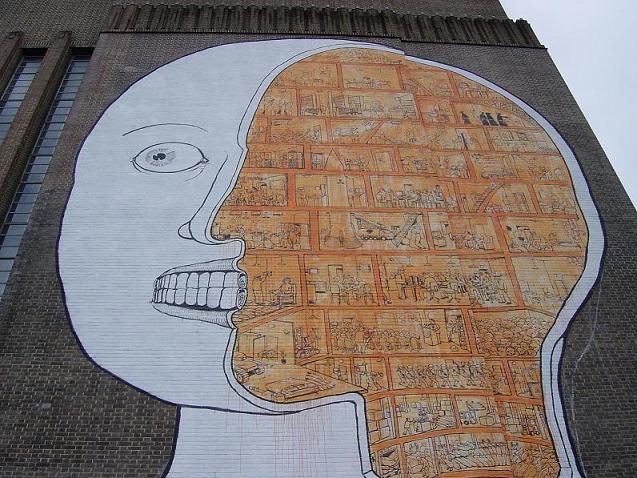Writer to Reader
P.: I compare Agile to a pair of socks.
J.: I know, I read your blog.
P: What do you think of it?
J.: I like it. It’s quirky. And it’s based on genuine coaching experience. (Pause) I’ve often thought of writing my own.
P.: That’s a great idea! For years, I didn’t think I had anything unique or worthwhile to blog about. Then I finally decided to share my take on Selfish Programming.
A Blog Reader’s Story
AS A Reader
I WANT to read about other people’s ideas, opinions and experiences
SO THAT I learn new things or re-learn things important to me that I’ve forgotten
Acceptance Criteria
[Y] Is there a steady stream of new posts to keep me reading (at least one per month)?
[Y] Is the information authentic (based on personal experience and perspective)?
[Y] Does the blog give me new ideas?
[Y] Does the blog help me develop my existing ideas?
[Y] Does the blog help me look at my bigger picture?
A Blog Writer’s Story
AS A Blogger
I WANT to share things I’m passionate about in a fun and creative way
SO THAT we become a little more agile every day
Acceptance Criteria
[Y] Does my blog have a clear purpose?
[Y] Do I share information useful to others?
[Y] Do I present the information in an engaging way?
[Y] Is the information authentic (based on personal experience and perspective)?
[Y] Do I have fun blogging?
A Portal to Endless Opportunities
I blog because it:
- Challenges me to think deeply – to question why I’m doing what I’m doing
- Forces me to communicate effectively – in terms of saying what I mean and meaning what I say
- Creates opportunities, such as being invited to present at conferences like Université du SI
- Connects me with other people I would never otherwise meet, learn from and collaborate with
Why do you want to blog? Once you know why, why not create your own blog in under 25 minutes?




